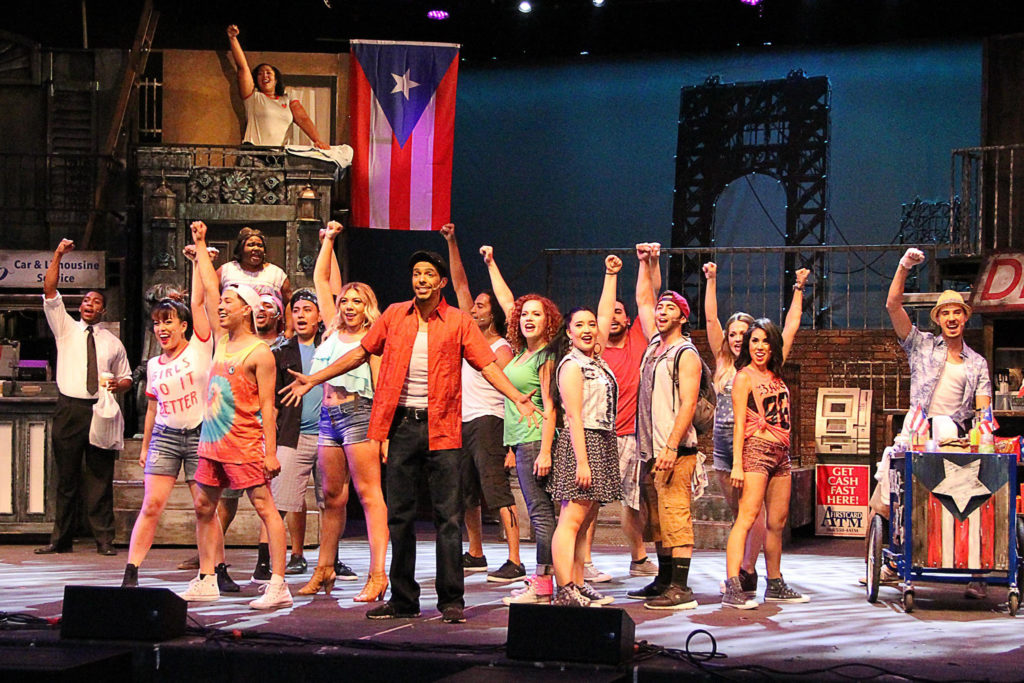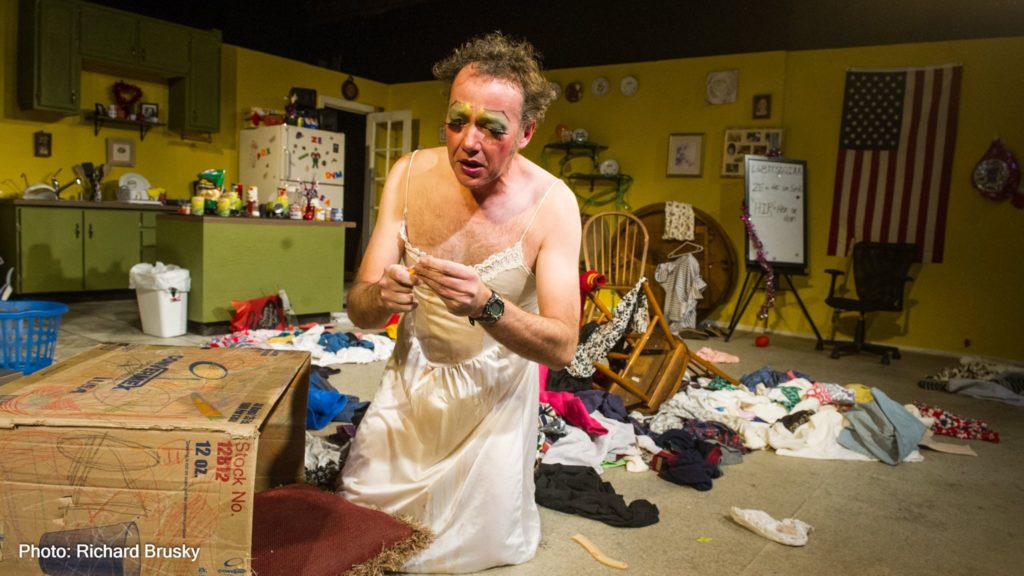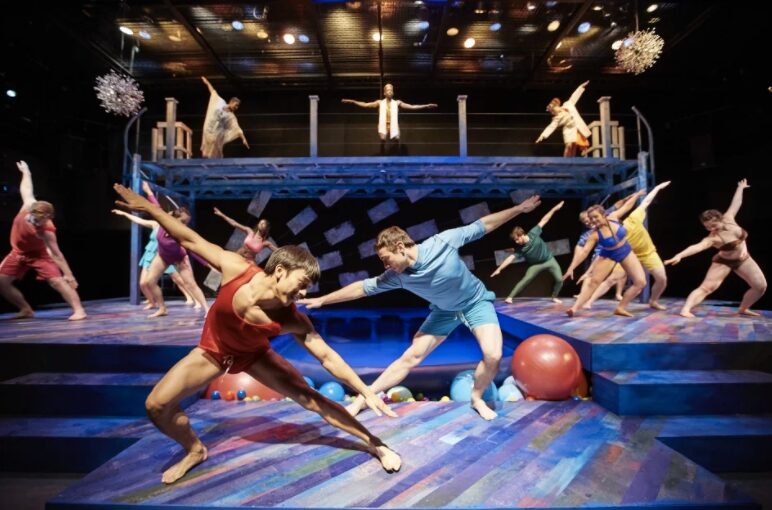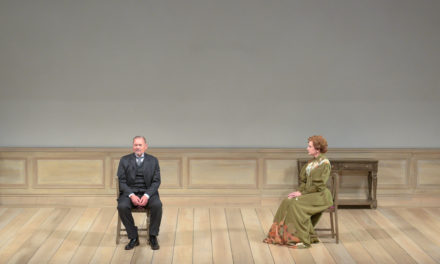What happens in Vegas theatre is too unique to let the story of it stay there anymore. There is nowhere else on earth where a city can claim eight Cirque du Soleil productions, Elton John, and Jay-Lo as a daily occurrence. More than forty million annual visitors to marvel at these spectacles in the Mojave every year. However, the region’s two million residents cultivate a cultural landscape of their own that is far from a “wasteland,” as it’s often mistakenly described.
The audacity and pioneer spirit that it took to construct the Hoover Dam with dynamite sticks, and a Venetian canal with gondoliers, reflects an energy attractive to artists. It’s good that Vegas has a wealth of it because to be a theatre company in a casino run town, you need it. Staring at the edge of the city, across the desolate beauty of the landscape it is clear that Vegas is a place of extremes, in more ways than one. Geographically, it is an isolated desert island, but as an international hub, the valley is not deserted. Robin Leach lives here, and so do a lot of the people one would expect to see on his Lifestyles Of The Rich And Famous. However, you’re more likely to know the majority of locals as working-class families, a lot of them immigrants, who find the Strip shows beyond their budget.
WORLD CLASS ARTISTS, WORKING CLASS FAMILIES
A significant portion of those workers support their families in the production industry, with some of the prominent production houses busy seven days a week preparing everything from world tours and Broadway shows, to films and corporate events. In Las Vegas, the “Creative Class” are the working class, and the kind of independent theatres that have sustained themselves over the years reflects both their commitment to creating, and their economic realities. In his three-part Backwards & Forwards series for the blog EatMoreArtVegas.com, local critic and playwright, Paul Atreides, recalled the evolution of “Locals'” theatres from the early community players in a self-segregated town, to the recent past at the turn of the twenty-first century. What you learn from this history, is that Las Vegans are not afraid to build a company from scratch, whether they are a retired star, a headliner, or a patron off the street. Las Vegas artists have consistently persisted in making theatre regardless of financial obstacles, wildly diverse demographics, scorching summer heat, and in spite of the odds.

In the Heights by Lin-Manuel Miranda, Super Summer Theatre, 2017. Keith Dotson, Dir.
A DESERT OASIS FOR NEW PLAYS
The oldest operating company, Las Vegas Little Theatre, is currently celebrating its fortieth season, and for decades thousands have gathered every summer for outdoor shows produced amid the sandstone in Red Rock Canyon by Super Summer Theatre at Spring Mountain Ranch. Over the years, Las Vegas theatres have progressed from a place meant for locals, to a community that leverages the location to attract collaborators from around the world. The region has become a welcome home for new work. Perhaps it is because most locals work long hours smiling for tourists and they crave a sense of authenticity, or it may be due to the exploding population of transplants.
The Asylum Theatre, now in its twenty-first year, has fostered dozens of playwrights by flying them in to develop their plays. Cockroach Theatre, Majestic Repertory Theatre, and A Public Fit are all Gen X founded, and serve as prominent features in a blossoming Downtown Vegas theatre scene, with each presenting seasons that combine original plays, and edgy new hits from the playwrighting world. Inspired by the work of SITI Company, The Lab offers the area experiments in movement and devised work. Many of these local theatre-makers have UNLV, now the home of Nevada Conservatory Theatre, to thank as the catalyst for their development, having either trained or taught there.

Hir by Taylor Mac, Cockroach Theatre, 2017. Christopher Brown, Dir.
Local Las Vegas productions provide one of the rarest integrations of professionally trained artists, and grassroots talents there is to be found. Even in a small show, a talented bank teller might be in a play with a member of the Blue Man Group, or maybe share the mic with Penn Jillette on improv night. While usually short on institutional support, Sin City is abundantly wealthy in world-class talent. The pool of talent, along with the pioneer tradition, makes it a productive place to hone a project. Recently, Bandstand won a Tony for Outstanding Choreography. The musical was written and composed by the conductor of the Cirque show KÁ, Richard Oberacker, and had an early workshop hosted by Cockroach Theatre, with the help of locals from every background.
As is often the case, first impressions of Las Vegas can be deceiving. The bright and brilliant shows on LV Blvd may seem like where the money is, but the real artistic jackpot might just be off the Strip. Vegas audiences champion independent theatres because of their authentic energy, their determination to take risks, and the community of artists who put their professional skills in service of pure passion, and not just a paycheck. As they say in Vegas, “You never know what a millionaire looks like.”
This post was written by the author in their personal capacity.The opinions expressed in this article are the author’s own and do not reflect the view of The Theatre Times, their staff or collaborators.
This post was written by Sarah O'Connell.
The views expressed here belong to the author and do not necessarily reflect our views and opinions.


















